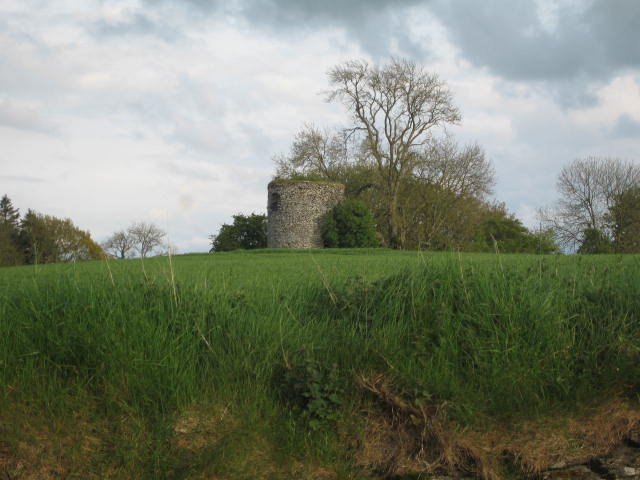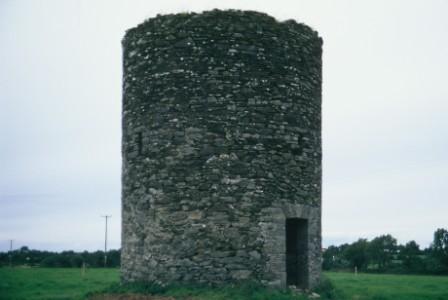Water Mills
Mills were very important both socially and economically in local areas in the past and they have clearly left their mark on Meath’s landscape and fields. There are over 200 references to mills in the Meath Field Names Survey. A great deal of information on Meath mills is also available in the Meath Industrial Heritage Survey[1] and in William Hogg’s book publication[2].
The Meath Field Names Survey has identified about 90 fields with ‘Mill’ mentioned in the actual field name. In all, there are over 200 references to mills in fields surveyed. As well as fields with names such as ‘The Mill Field’, ‘Millers Field’, ‘Mill Hill Yard’, or ‘Mill Road Field’ much information about features including mill races, mill weirs, mill ponds and mill stones is also given.
We are told about water mills that were along many of Meath’s rivers including the Boyne, Blackwater, Inny, Skane, Delvin, Nanny, Dee, Tolka, Mattock and Causey rivers. Most mills were corn mills although we also have mentions of saw mills, flax mills, linen mills and woollen mills.
For many of the mills mentioned, they were named after the family who owned and managed the mill or who leased it from the local landlord.
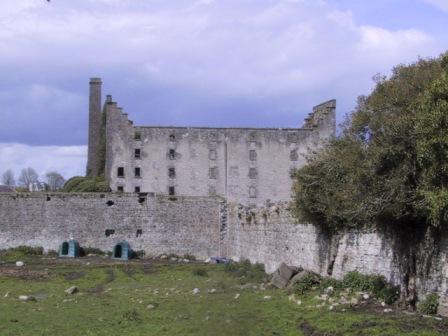
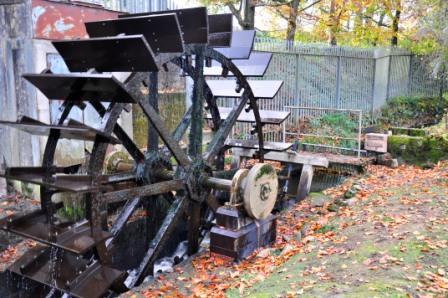
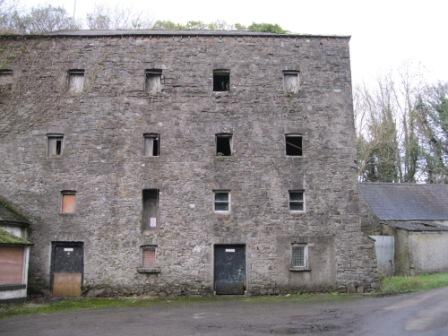
Windmills
In thinking about Meath fields and common features, windmills are certainly not a feature that spring to mind. The Field Survey has mention of 10-12 windmill sites in fields around the county. In some cases the field name is the immediate tell tale sign with a name like ‘Windmill’ ‘Windmill Field’ or ‘Windmill Hill’. In other cases the field has a different name entirely but we are told about the remains of the old windmill. Many of these windmills worked to supplement the nearby watermill.
